All modern manufacturing facilities use principles that “all accidents are preventable,” but sometimes incidents or accidents can still happen.
Gathering as much data as possible and analyzing it to prevent a recurrence is essential.
Investigation Report
Let’s review the first part – [ Incident Reporting ] A. To be completed by the COMMUNICATOR AT THE TIME OF INCIDENT.

All fields in the first part of the report (A) are self-explanatory. Let’s review “The Incident / Accident Description and Evaluations sections.
Description
Create a detailed explanation of the area/part of the equipment, what happened, and who and how – attach a diagram or picture applicable in the “Attachment” sheet only.
Evaluations
All evaluation sections must be filled to get a Hazard Rating Number (HRN), suggesting a future course of action.
Degree of Possible Harm
- 0.1 —> Scratch or bruise;
- 0.5 —> Laceration or mild ill health effect;
- 1 —> Break of a minor bone or minor temporary occupational illness;
- 2 —> Break of a major bone or minor permanent occupational illness;
- 4 —> Loss of one limb, one eye, or serious temporary occupational illness;
- 8 —> Loss of limbs, eyes, or serious permanent occupational illness;
- 15 —> Fatality.
Likelihood of Occurrence
- 0 —> Impossible cannot happen;
- 0.1 —> Almost impossible, possible in extreme circumstances;
- 0.5 —> Highly unlikely though conceivable;
- 1 —> Unlikely but could occur;
- 2 —> Possible but unusual;
- 5 —> Even chance could happen;
- 8 —> Probable not surprised;
- 10 —> Likely to be expected;
- 15 —> Certain, no doubt.
Frequency of Exposure
- 0.1 —> Infrequently;
- 0.2 —> Annually;
- 1 —> Monthly;
- 1.5 —> Weekly;
- 2.5 —> Daily;
- 4 —> Hourly;
- 5 —> Constantly.
Number of Personnel
- 1 —> 1-2 persons;
- 2 —> 3-7 persons;
- 4 —> 8-15 persons;
- 8 —> 16-50 persons;
- 12 —-> >50 persons.
Hazard Rating Number (HRN)
HRN = DPH * Likelihood * FOE * NOP
- HRN range 1-3, the risk is minimal – No need to make any changes;
- HRN range 3-9, the risk is still low- review existing measures;
- HRN range 10-15, the risk is medium – control measures need to be reviewed;
- HRN range 16-20, the risk is HIGH – future activity could be stopped;
- HRN higher than 25, EXTREME risk – not recommend restarting activity.
Investigation Part using Cap-Do Cycle
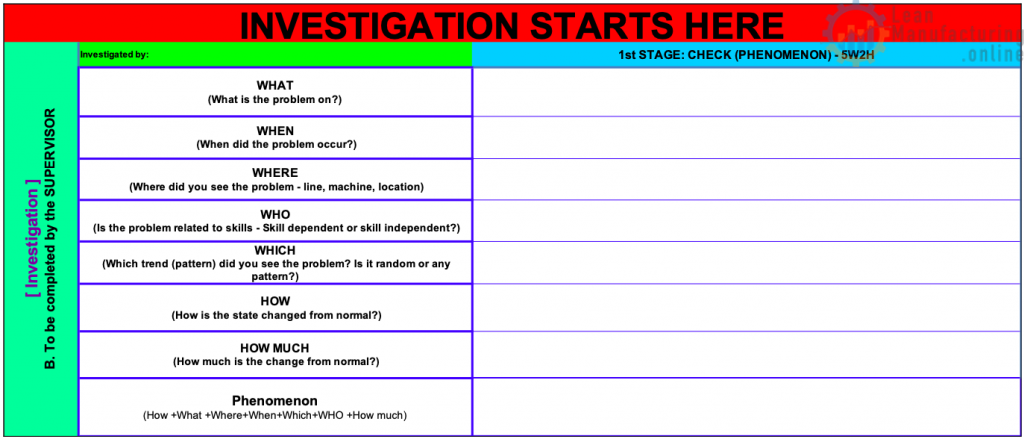
Start 1st stage of the investigation by determining the phenomenon using the 5W2H analysis. After it’s done, use the 2nd stage to find the root cause using a hybrid of RCA and 4M Analysis.
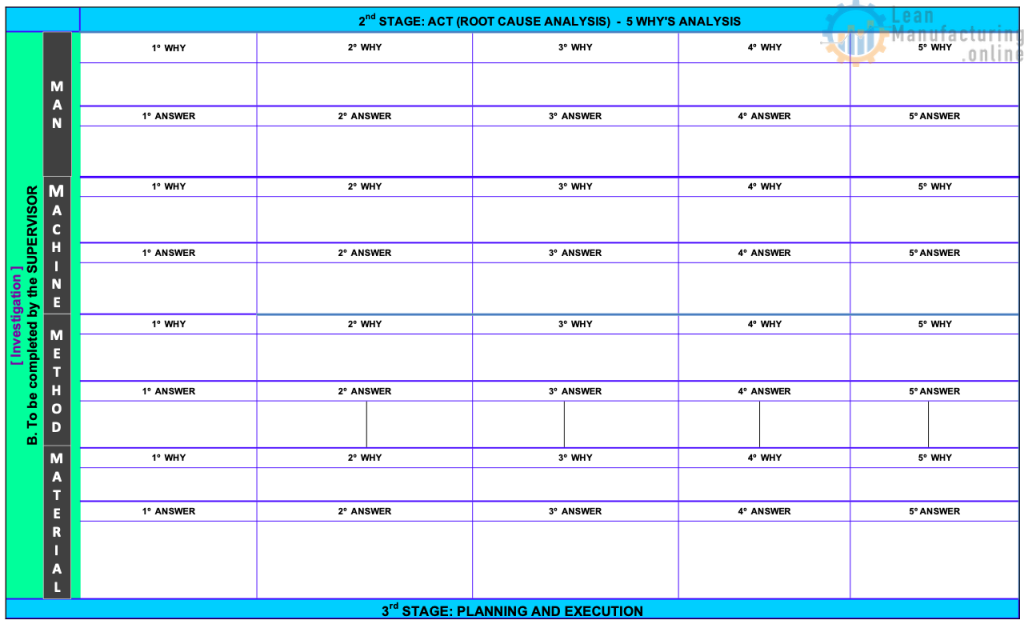
Finally, after identifying a single cause among multiple causes, proceed to stage 3 and create an action plan with countermeasures, assigning a responsible person and a completion timeframe.

The last section is used to verify and close the Incident Report

If your company requires the template mentioned above, you can get it from our store.







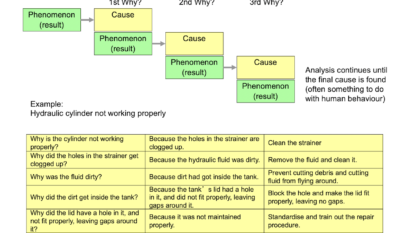

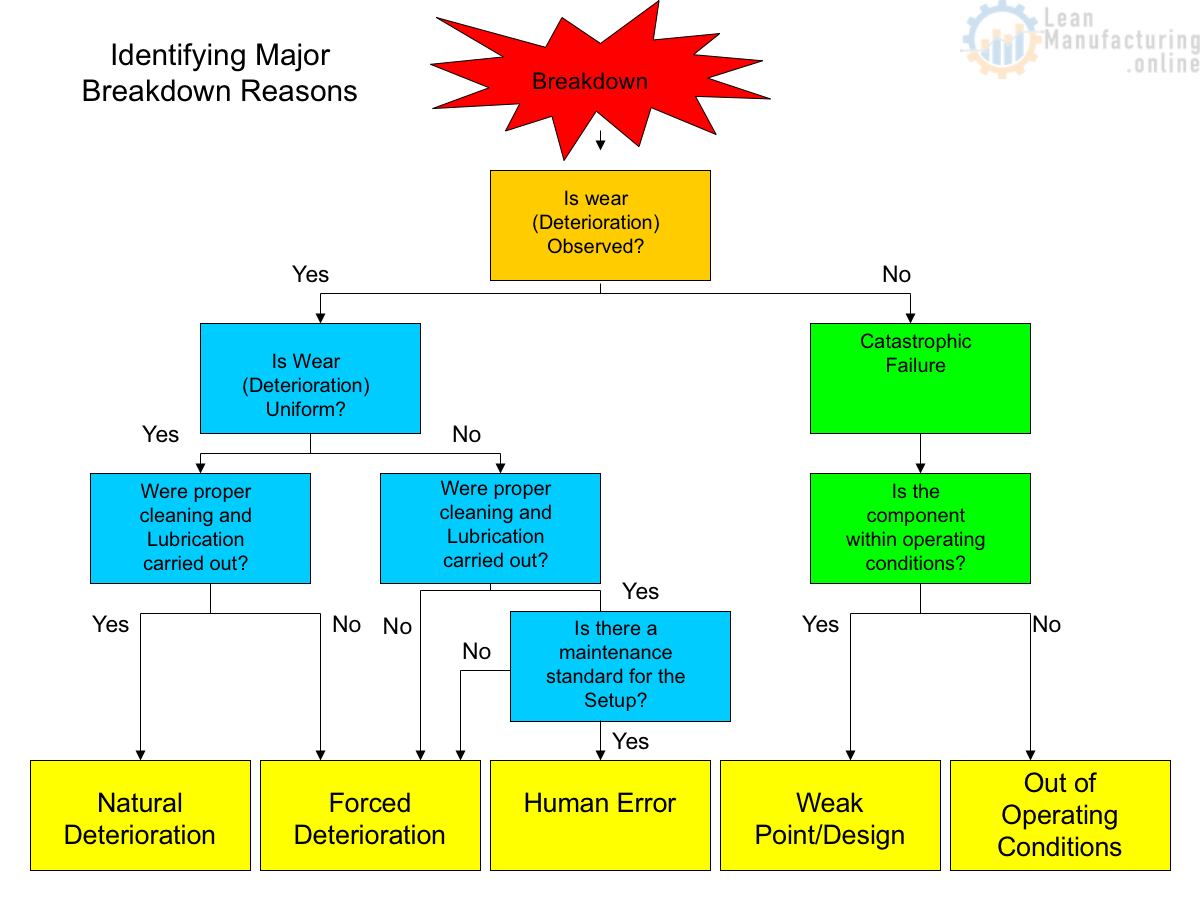
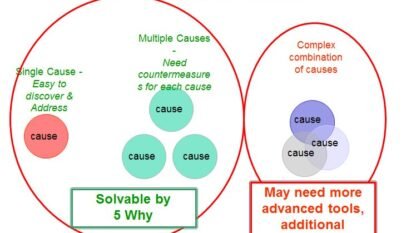
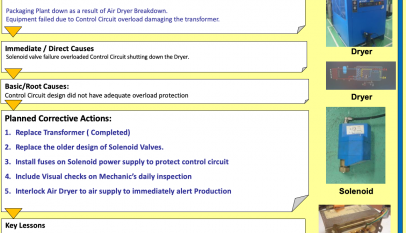
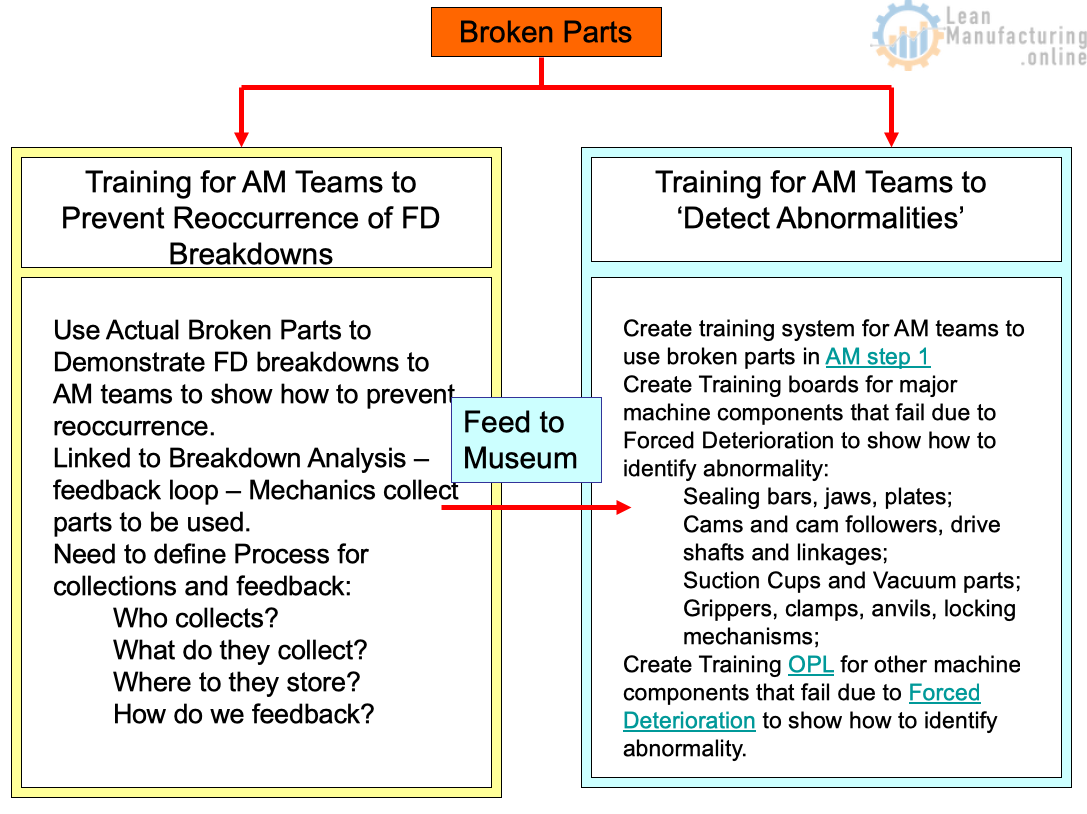






I need more details